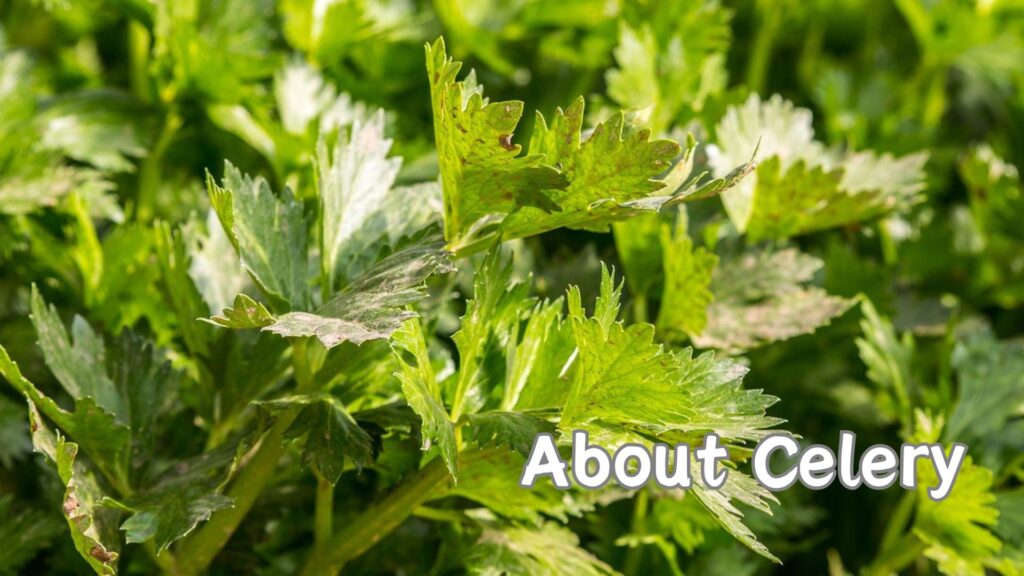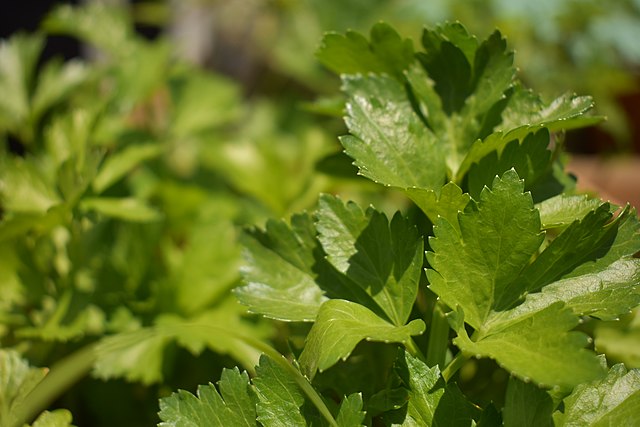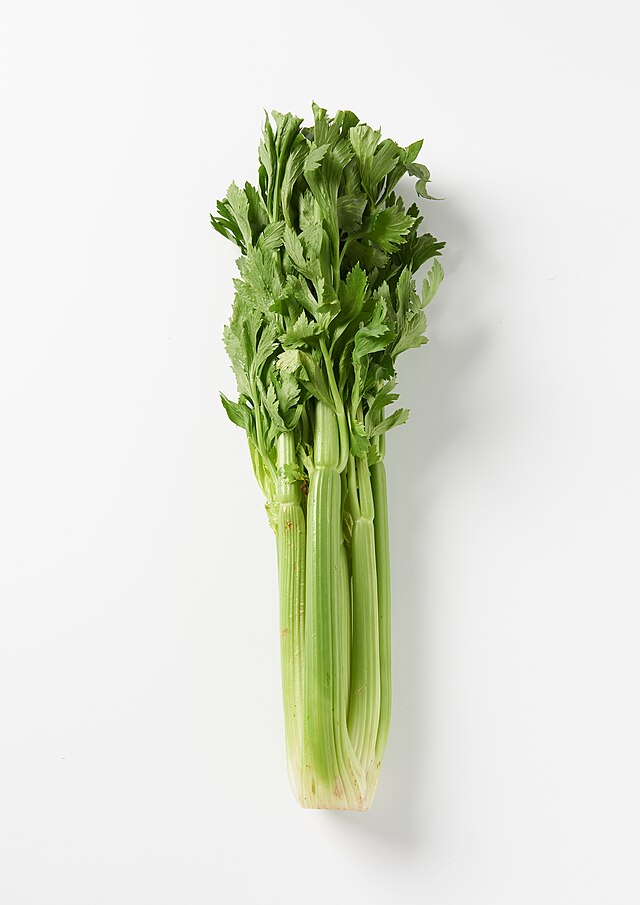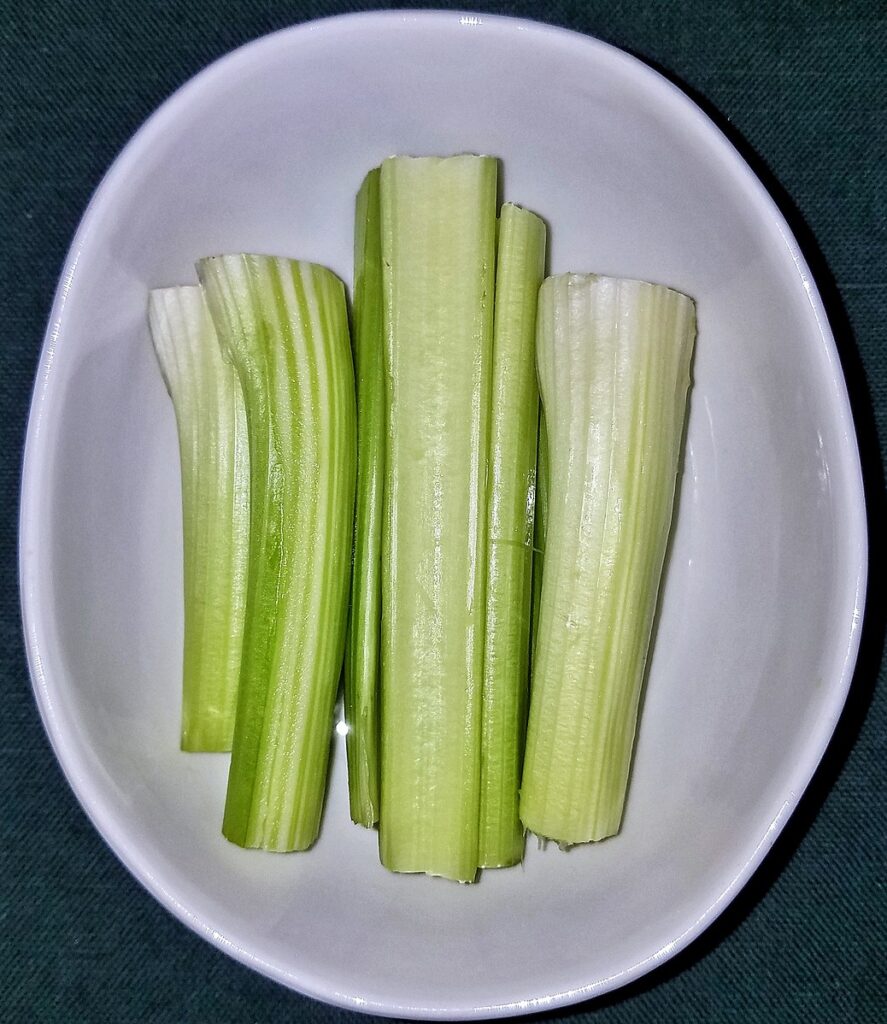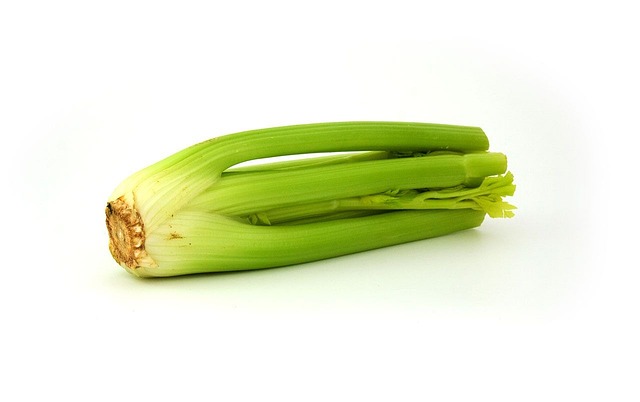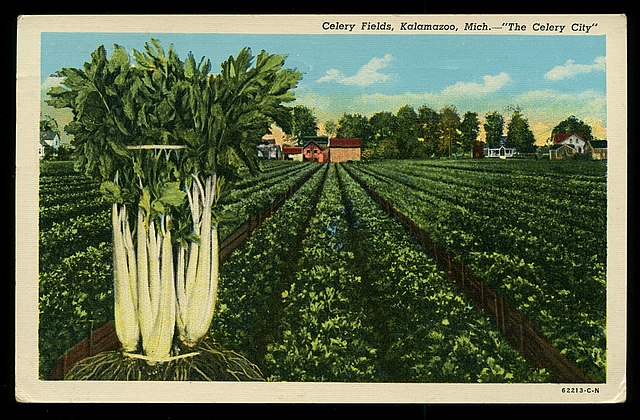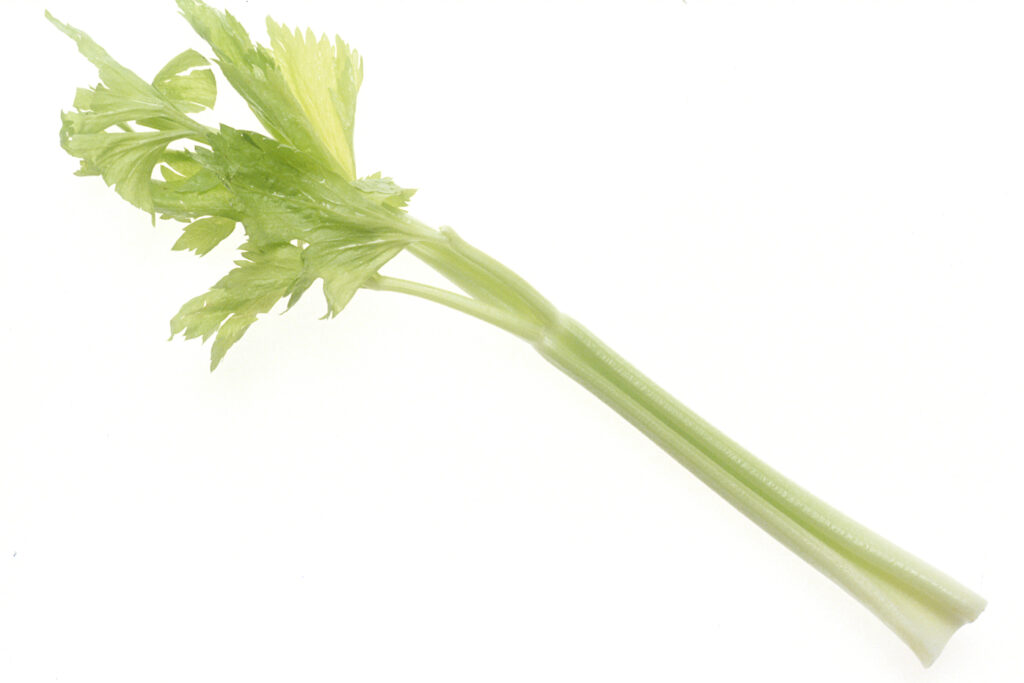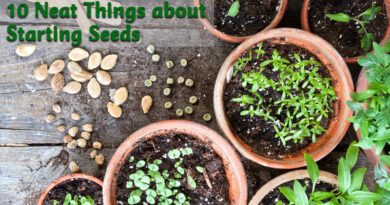10 Neat Things About Celery
1. A revered plant.
In ancient times, celery wreaths were used as awards for winning athletes in the Nemean Games, similar to the use of olive wreaths at the Olympic Games. (The Nemean and Olympic Games were part of a cycle of sportsmanship held in Ancient Greece.) Celery was considered a sacred plant, associated with death and the afterlife, and it was commonly used in funeral rites and as a garland on tombs.
3. Growing
It has a long growing season, taking up to 140 days from seed to maturity, and the seeds can take 21 days to germinate. The seeds require light (so don’t cover them with soil) and a soil temperature of 21 degrees to sprout. Once growing, it won’t tolerate hot temperatures, but anything that’s too cold will cause it to bolt. It does best between 15 and 21 Celsius and will be alright between 5 and 27 Celsius. Make sure to keep it well watered or you might get hollow ribs. Celery is 95 percent water.
4. Harvesting
You can go to the garden and grab a couple of outer ribs of celery throughout the growing season. At the end of the season, cut the entire plant at ground level and store. It’s easy to keep it fresh for about a month. Step one is to wrap it in aluminum foil. Step two is to store it in the crisper drawer of the fridge. If it goes a little limp, take the whole thing out and stand it in a glass of water.
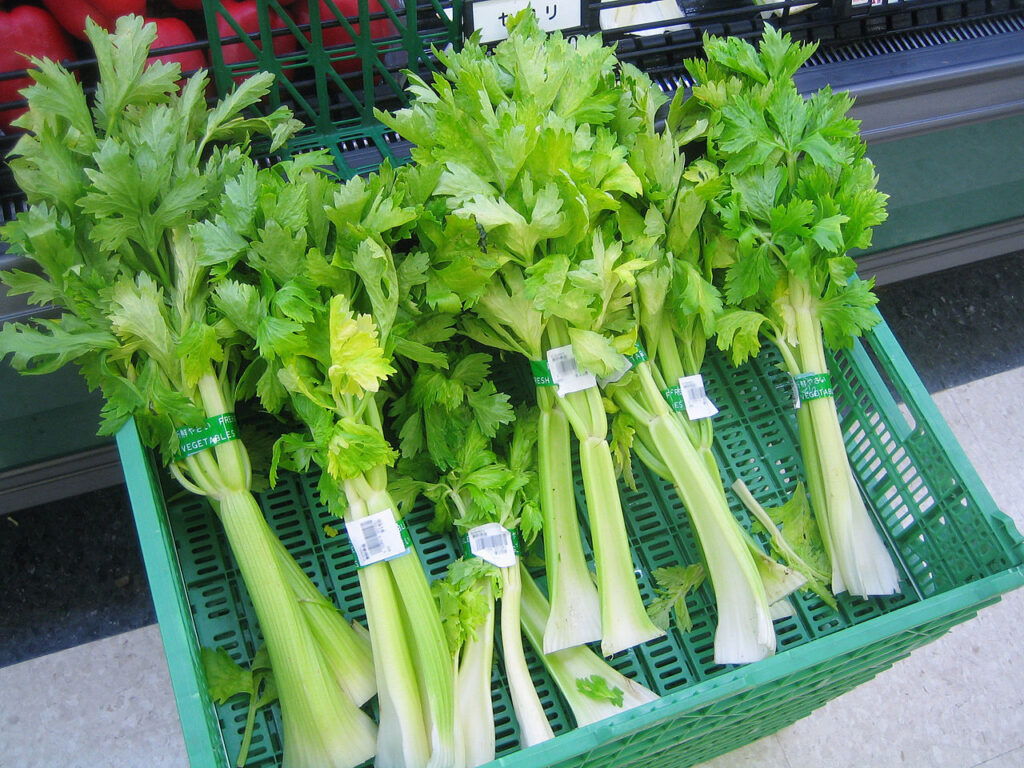
5. Eating
You can eat all parts of celery. The ribs you find in a Bloody Caesar are the stems of the plant. The leaves are excellent for eating fresh and go well in anything you are cooking with the ribs or scattered into salad. You could eat the flowers, but if your celery bolts, why not keep the flowers until they produce seeds? Celery seeds can be dried and stored.
6. Talking
A celery stalk (technically) is the whole plant above the root. One stem is called a rib or a stick. In practice, “stalk” is often used for “rib”, which could be important when reading a recipe!
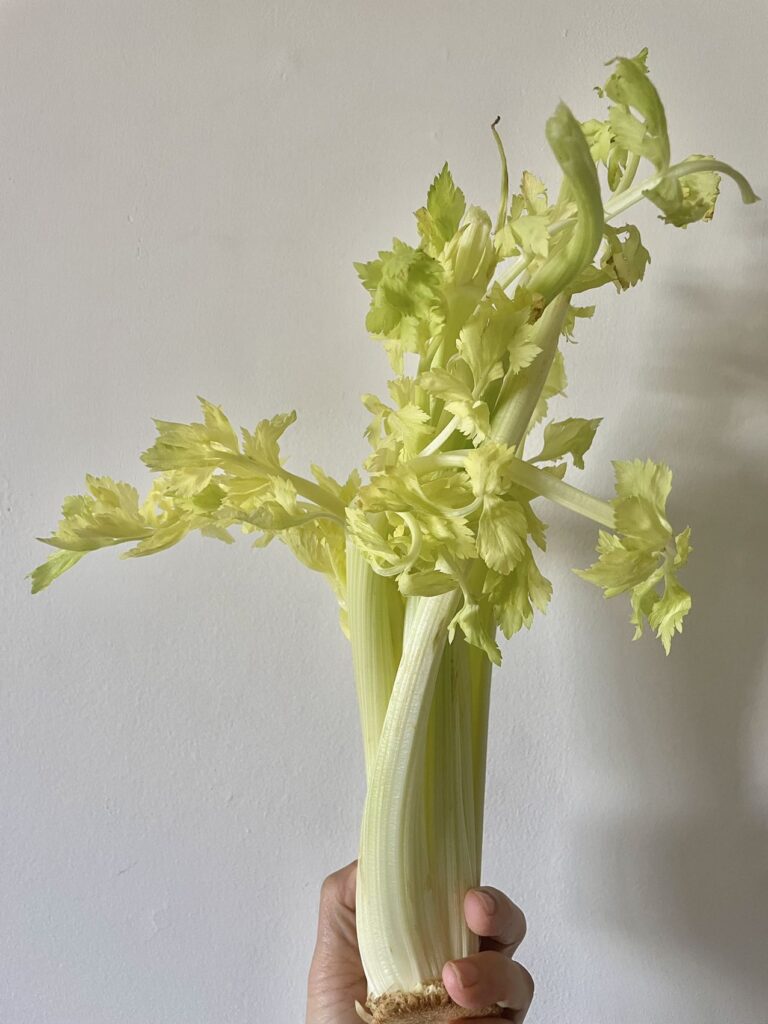
7. Calories
A rib of celery has about 10 calories. There’s a popular myth that celery is a negative-calorie food, meaning it takes more calories to digest it than it provides. Chewing and swallowing burns about 11 calories per hour. Digesting it takes about 2 calories. Even if you take a good five minutes to chew and swallow your celery stick, you’re only burning a total of about 3 calories (chewing plus digestion).
8. Celery celebrations.
There is a Black Celery Festival in Trevi, Italy, and another one in Puerto Rico. Oceano, California used to have a celebration, including the crowning of a Celery Queen. Kalamazoo, Michigan was known as Celery City and their minor league baseball team from 1887 to 1926 was called the Kalamazoo Celery Pickers.
9. Cooling
Celery has a purported cooling effect on the body. While there is no direct scientific evidence, it acts as a natural diuretic, meaning it helps the body eliminate water by increasing urine production. This diuretic effect can cool the body by promoting hydration and flushing out excess salts and toxins. Celery contains potassium and sodium, important electrolytes that help regulate fluid balance and nerve function in the body. Maintaining a good balance of electrolytes is crucial for regulating the body’s internal temperature.



